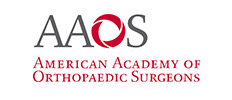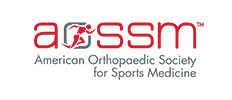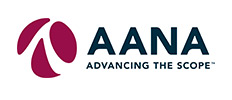How tennis takes a toll: The leg and foot injuries players need to watch out for
Tennis demands explosive movement like lunges, pivots, sprints and sudden stops. Every serve starts with a push from the toes. Every rally shifts weight between the heel and forefoot. Unlike sports with linear movement, like sprinting, tennis places constant multi-directional stress on the feet and ankles—two of the most frequently injured body parts in the game.
10 types of exercise to try with arthritis of the kneev
Exercises for knee arthritis, such as leg lifts, can strengthen the muscles around the knee joint and help a person stay active. Swimming and elliptical training are also suitable options.
Chlorhexidine irrigation during TSA may decrease rates of positive deep C. acnes cultures
Patients who received subcutaneous 0.05% chlorhexidine gluconate antisepsis during primary total shoulder arthroplasty had a significantly decreased rate of positive deep cultures of Cutibacterium acnes, according to a study.
Benefits and limitations of diagnostic shoulder arthroscopy for painful anatomical shoulder arthroplasty investigation
Shoulder arthroscopy is a valuable diagnostic tool for painful anatomical shoulder arthroplasty offering some therapeutic opportunities. It has been demonstrated as a sensitive option to diagnose periprosthetic joint infection and is most frequently used for this purpose. Additionally, it offers the possibility of diagnosing some complications after shoulder arthroplasty such as component loosening or rotator cuff failure. As therapeutic options are mostly limited to arthrolysis, and débridement and decompression, most patients will have to face a revision arthroplasty. Nevertheless, diagnostic arthroscopy provides a valuable tool to gain information on the cause of the symptoms to determine further steps of treatment.







